This tower is a massive battery — and it could help solve one of renewable energy’s biggest challenges.
Category: sustainability – Page 600
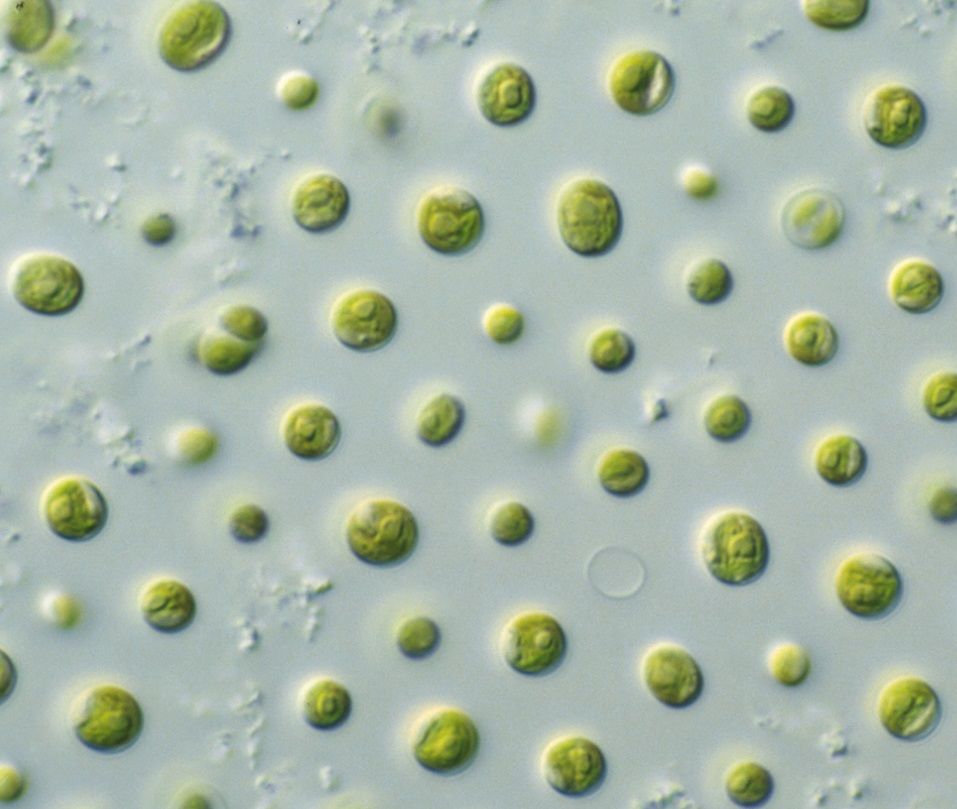
Producing biofuels from algae
Microalgae are showing huge potential as a sustainable source of biofuels.
Producing biofuels from renewable sources.
Due to concerns about peak oil, energy security, fuel diversity and sustainability, there is great interest around the world in renewable sources of biofuels.
Microalgae are great candidates for sustainable production of biofuels and associated bioproducts:
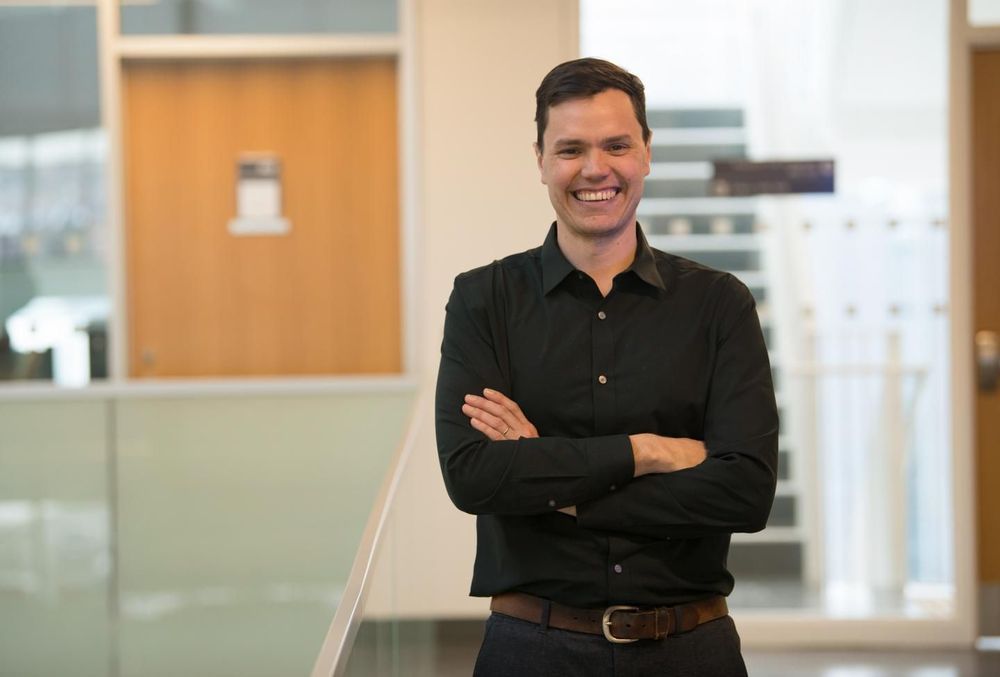
A very small number of crops are dominating globally. That’s bad news for sustainable agriculture
A new U of T study suggests that globally we’re growing more of the same kinds of crops, and this presents major challenges for agricultural sustainability on a global scale.
The study, done by an international team of researchers led by U of T assistant professor Adam Martin, used data from the U.N.’s Food and Agricultural Organization (FAO) to look at which crops were grown where on large-scale industrial farmlands from 1961 to 2014.
They found that within regions crop diversity has actually increased — in North America for example, 93 different crops are now grown compared to 80 back in the 1960s. The problem, Martin says, is that on a global scale we’re now seeing more of the same kinds of crops being grown on much larger scales.
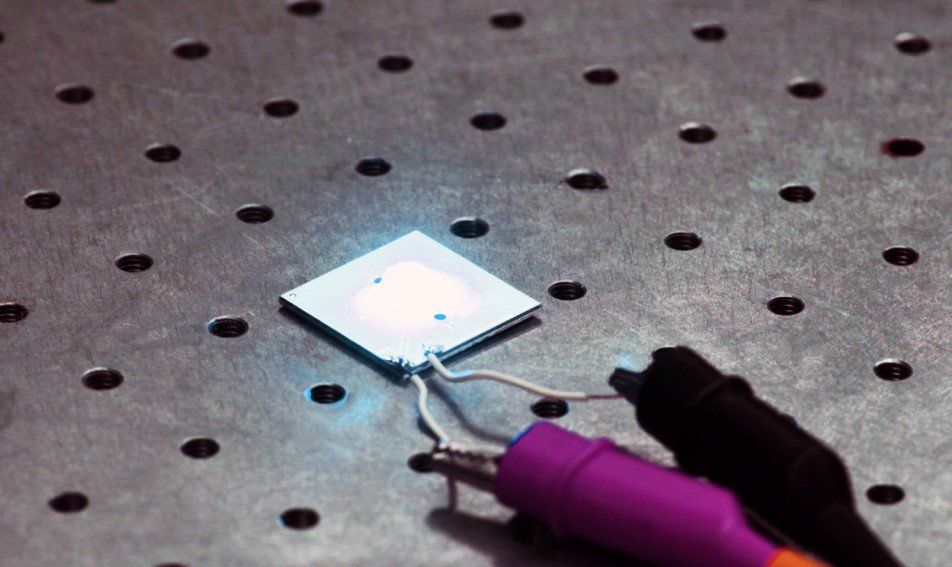
Quantum dot white LEDs achieve record efficiency
Circa 2018
Researchers have demonstrated nanomaterial-based white-light-emitting diodes (LEDs) that exhibit a record luminous efficiency of 105 lumens per watt. Luminous efficiency is a measure of how well a light source uses power to generate light. With further development, the new LEDs could reach efficiencies over 200 lumens per watt, making them a promising energy-efficient lighting source for homes, offices and televisions.
“Efficient LEDs have strong potential for saving energy and protecting the environment,” said research leader Sedat Nizamoglu, Koç University, Turkey. “Replacing conventional lighting sources with LEDs with an efficiency of 200 lumens per watt would decrease the global electricity consumed for lighting by more than half. That reduction is equal to the electricity created by 230 typical 500-megawatt coal plants and would reduce greenhouse gas emissions by 200 million tons.”
The researchers describe how they created the high-efficiency white LEDs in Optica, The Optica l Society’s journal for high impact research. The new LEDs use commercially available blue LEDs combined with flexible lenses filled with a solution of nano-sized semiconductor particles called quantum dots. Light from the blue LED causes the quantum dots to emit green and red, which combines with the blue emission to create white light.
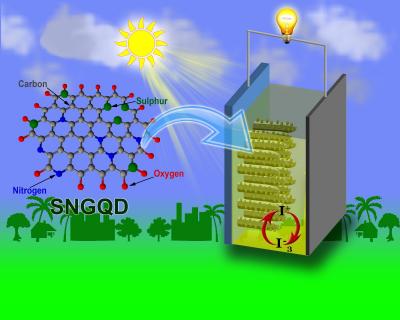
Graphene quantum dots sensitized C-ZnO nanotaper photoanodes for solar cells application
In a paper to be published in the forthcoming issue in NANO, researchers from the National Institute of Technology, India, have synthesized blue-green-orange photoemissive sulfur and nitrogen co-doped graphene quantum dots (SNGQDs) using hydrothermal method. These GQDs showed strong UV-visible photoabsorption and excitation dependent photoemission which have low-cost, eco-friendly solar cell application.
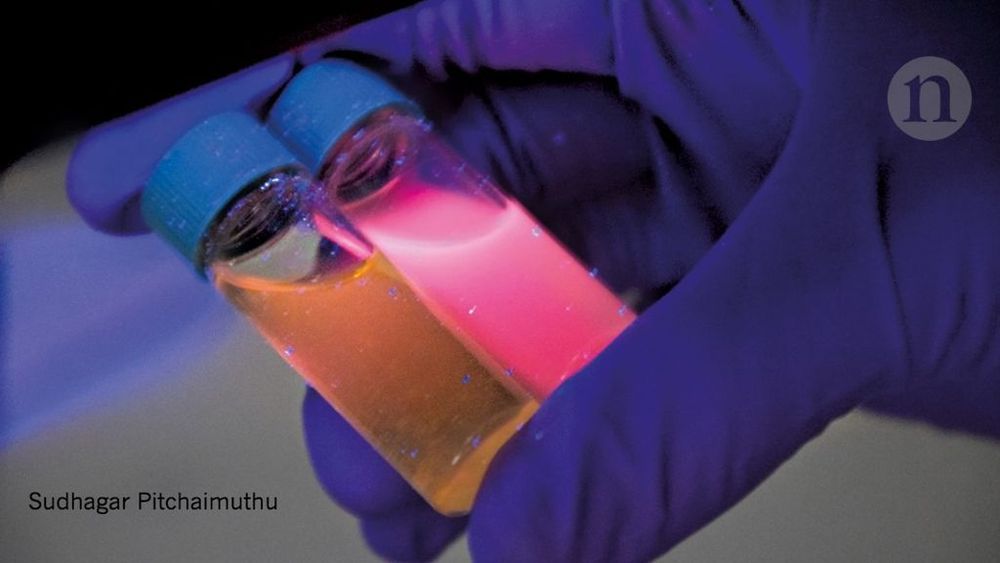

This 2,000 trillion watt laser could re-create the Big Bang–and make clean energy
The most powerful laser beam ever created has been recently fired at Osaka University in Japan, where the Laser for Fast Ignition Experiments (LFEX) has been boosted to produce a beam with a peak power of 2,000 trillion watts—two petawatts—for an incredibly short duration, approximately a trillionth of a second or one picosecond.
Values this large are difficult to grasp, but we can think of it as a billion times more powerful than a typical stadium floodlight or as the overall power of all of the sun’s solar energy that falls on London. Imagine focusing all that solar power onto a surface as wide as a human hair for the duration of a trillionth of a second: that’s essentially the LFEX laser.
LFEX is only one of a series of ultra-high power lasers that are being built across the world, ranging from the gigantic 192-beam National Ignition Facility in California, to the CoReLS laser in South Korea, and the Vulcan laser at the Rutherford Appleton Laboratory outside Oxford, UK, to mention but a few.

Is Tesla’s Elon Musk Making Good On Prediction That Capacitors ‘Supersede’ Batteries?
If I were to make a prediction, I’d think there’s a good chance that it is not batteries. But capacitors.”
Today he may be making good on his prediction. The electric vehicle manufacturer confirmed that it has acquired a small San Diego lab that owns ultracapacitor patents and technology.
Maxwell Technologies provides dry electrode manufacturing technology that can be used to make to make batteries that power electric vehicles and renewable energy systems. The company announced that in an all-stock transaction it will merge and become a wholly owned by a subsidiary of Tesla.
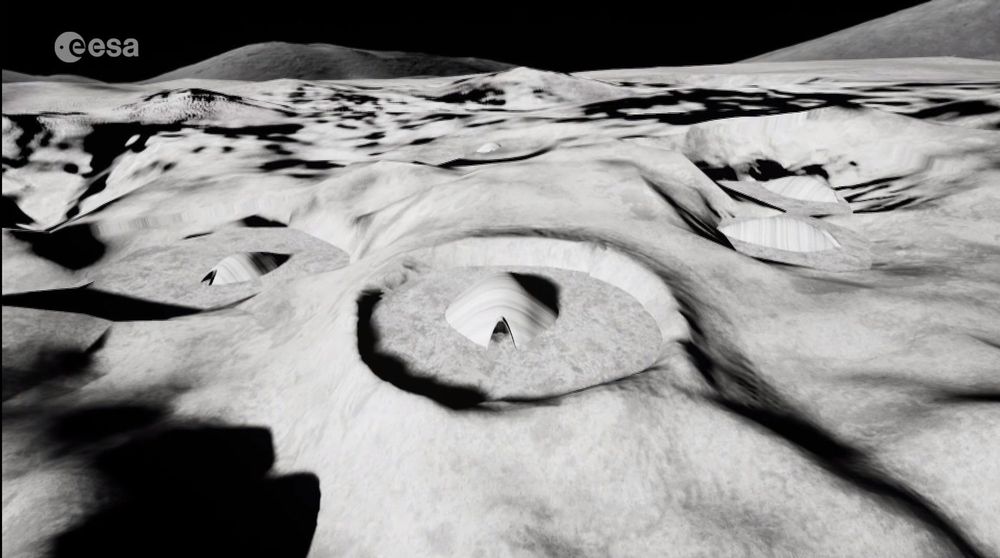
This Wild Moon Base Idea Came from Architecture Students (Video)
Interesting concept.
Architectural students working with the European Space Agency (ESA) have created a new concept for a sustainable lunar habitat.
The ESA’s astronaut center in Cologne, Germany, partners with universities and research institutions to study moon-related concepts in preparation for future missions. Angelus Chrysovalantis Alfatzis is one of the researchers who has contributed to the development of a promising concept for a moon base, according to a statement from ESA.
“I always strive to find material and structural solutions in accordance with the resources available on site,” Alfatzis, who is in his final year of the architectural engineering program at the National Technical University of Athens, Greece, said in the statement. “At the moment, my focus is on using unprocessed lunar soil for construction and the architectural applications of this [technique].” [Moon Base Visions: How to Build a Lunar Colony (Photos)].
Transparent Solar Panels Will Turn Windows Into Green Energy Collectors
A team of researchers from Michigan State University managed to develop a fully transparent solar panels – a breakthrough that could lead to countless applications in architecture, as well as other fields such as mobile electronics or the automotive industry. Previous attempts to create such a device have been made, but results were never satisfying enough, with low efficiency and poor material quality.